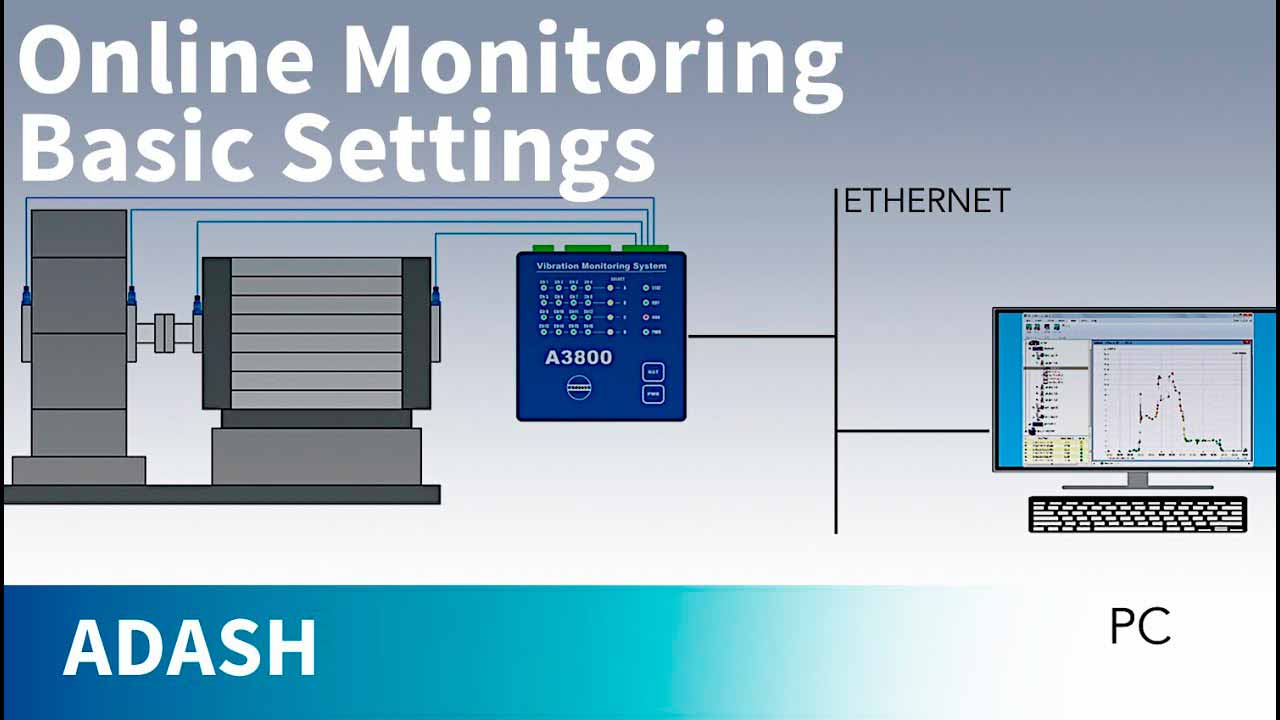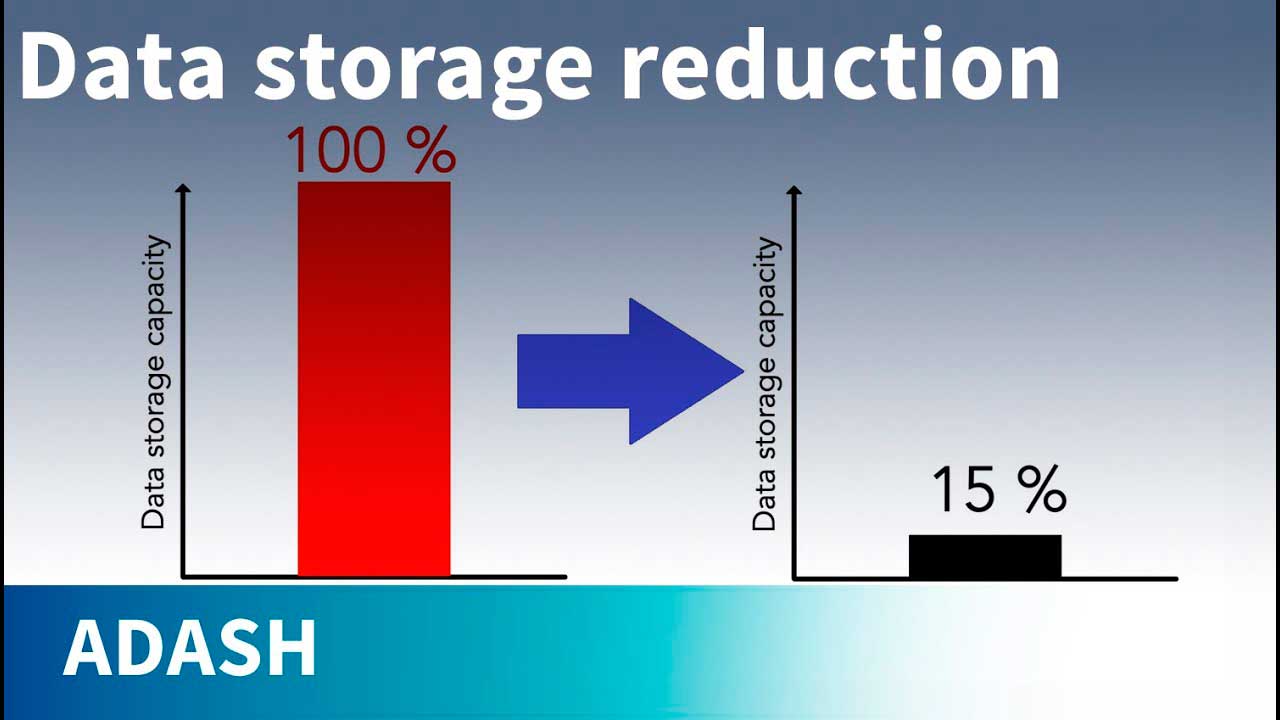Průvodce vyvažováním na místě (příprava na vyvažování, postup,…
Introduction to On-Site Balancing:
Imbalance is one of the most common failures of rotating machines. Imbalance adversely affects the operational life and reliability of the mechanical parts of machines.
On-Site Balancing allows you to balance a rotor instantly in its operational position, mounted on its own bearings and rotating at its operational speed and load. This is beneficial because you can correct the influences of manufacturing and assembly tolerances, temperature effect, load deformation and other local influences.
Preparing for On-Site Balancing:
Before balancing itself, it´s important to analyze the condition of the machine to confirm that the problem really is imbalance.
On-Site Balancing principle:
On-Site balancing starts by the measuring of unbalanced rotor vibration. Then the machine is stopped and a trial mass of known weight is placed on the rotor. Subsequently, we determine the effect of the trial mass on the vibration. This data is used to calculate the weight and location of the required correction mass.
Conditions for On-Site Balancing:
Make sure the machine is running under stable conditions during the whole balancing job. The speed and load in particular should be the same during the whole process.
Make sure you are balancing the machine below its 1st resonance frequency.
The process of balancing is always similar regardless of the number of balanced planes. When doing a balancing job in 2 planes, you have to do each step twice (once for each plane).
The balancing process is based on standard measurements of amplitude and phase on the speed frequency. We can set additional information into the created project. All settings are very intuitive in VA5.
Sensors placing, Initial run:
Stick the reflection tape on the shaft and point the speed probe beam onto it while the machine is not running. Always keep your eye on the speed probe position during a balancing job.
Place the sensor, start the machine and push the Enter button. The measurement will be taken. Stop the machine.
Trial weight,Trial run:
Enter the weight of the prepared trial mass. The weight can be also negative, which represents removing mass (for example dismounting an old balancing mass).
Try to always be as accurate as possible about the weight of the mass. Consider also the weight loss when drilling a hole in the rotor and the weight of possible screws for fixing the mass.
Mount the trial mass.
Always be sure that the mass is mounted properly.
Start the machine and Press the Start button for measurement. The measurement will be taken. Stop the machine
If you have entered Correction Radius and Rotor Mass values in the Rotor Settings menu, the Unbalance and Balancing Quality values according to ISO 1940 are displayed. If the values are satisfactory for you, you don’t need to continue with the balancing job.
Correction weight - position:
Now the weight and phase (meaning position) of the final balancing mass are displayed. Mount the final mass and remove the trial mass (in our case). The angle is applied from the trial mass position, which represents 0 (zero) degrees. The direction of the angle is the same as the direction of rotation. A negative degree value means a position against the direction of rotation. We advise you to double check that you're really fitting the mass in the right place.
You can split the correction mass into two arbitrary angles.
If the number of blades has been defined, the final mass is divided between the two nearest blades. The blade number is always counted from the position of the trial mass. It means the trial mass is mounted to blade number one.
You can select other blades in cases when you cannot mount the weight to the nearest blade (or blades).
Correction run:
When the mass or masses are mounted, you need to check the job.
Start the machine and Press the Start button, take the measurement.
After the Run 3 measurement you can continue with the job if you are not satisfied with the results. These next steps do not require trial mass measurements. After each measurement the next mass (or masses) are recommended.
You can use however many trims you want. However, if the result is not better after the trim (or is even worse) then more trims make no sense.
As can be seen, the balanced machine will usually not be involved in the normal production process.





